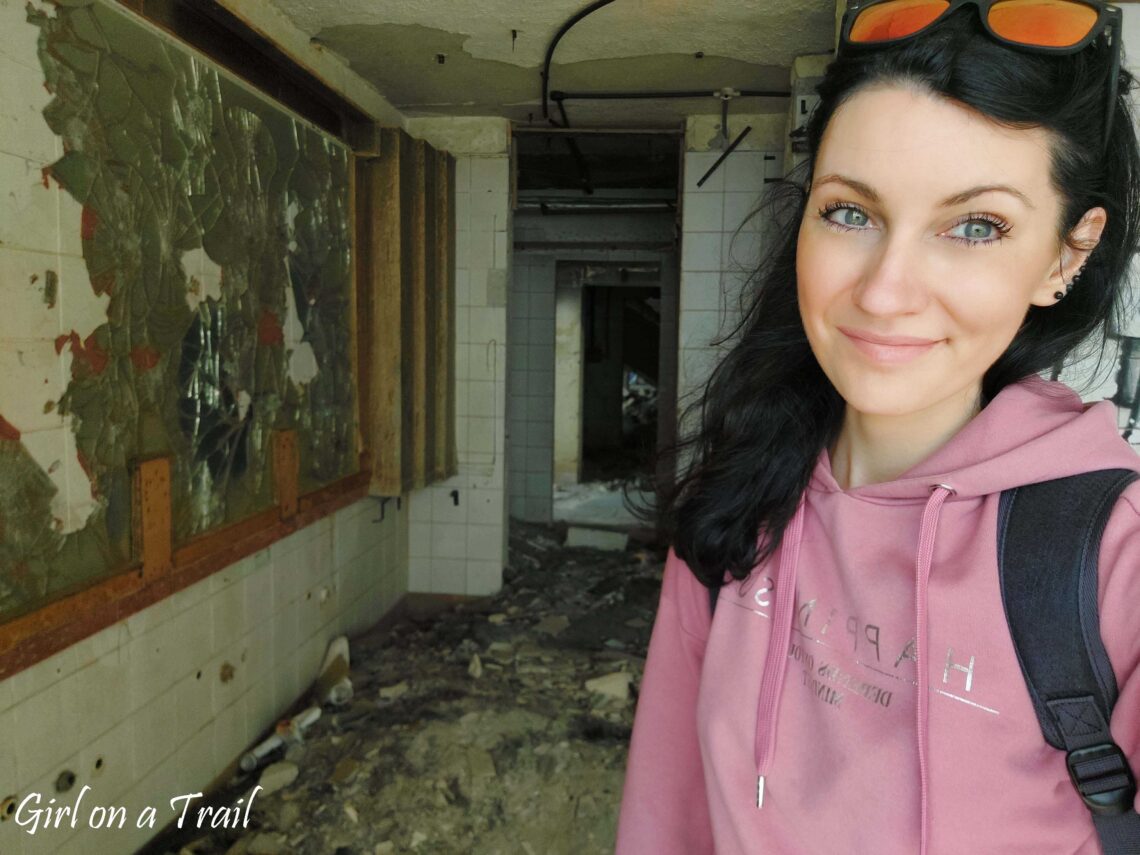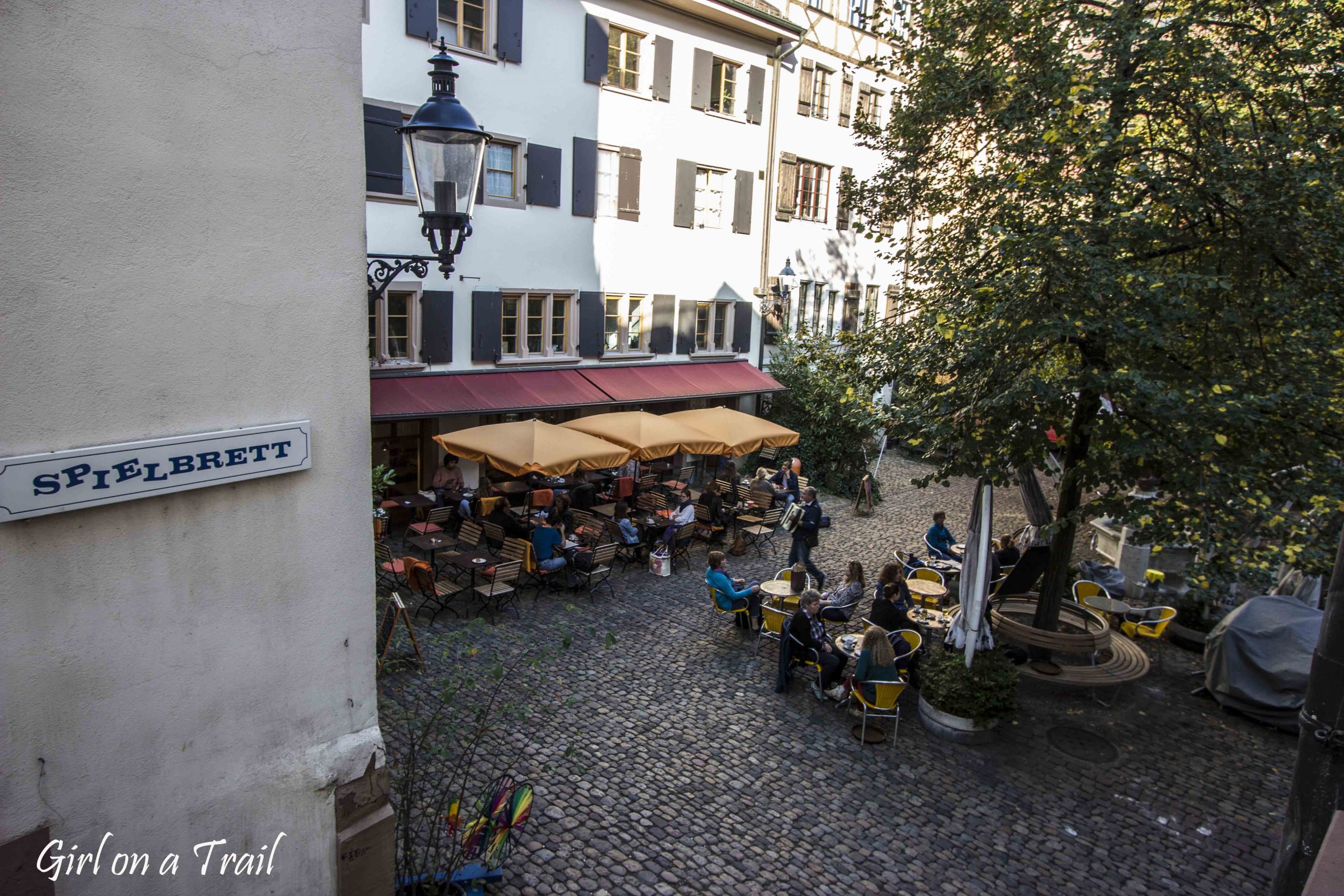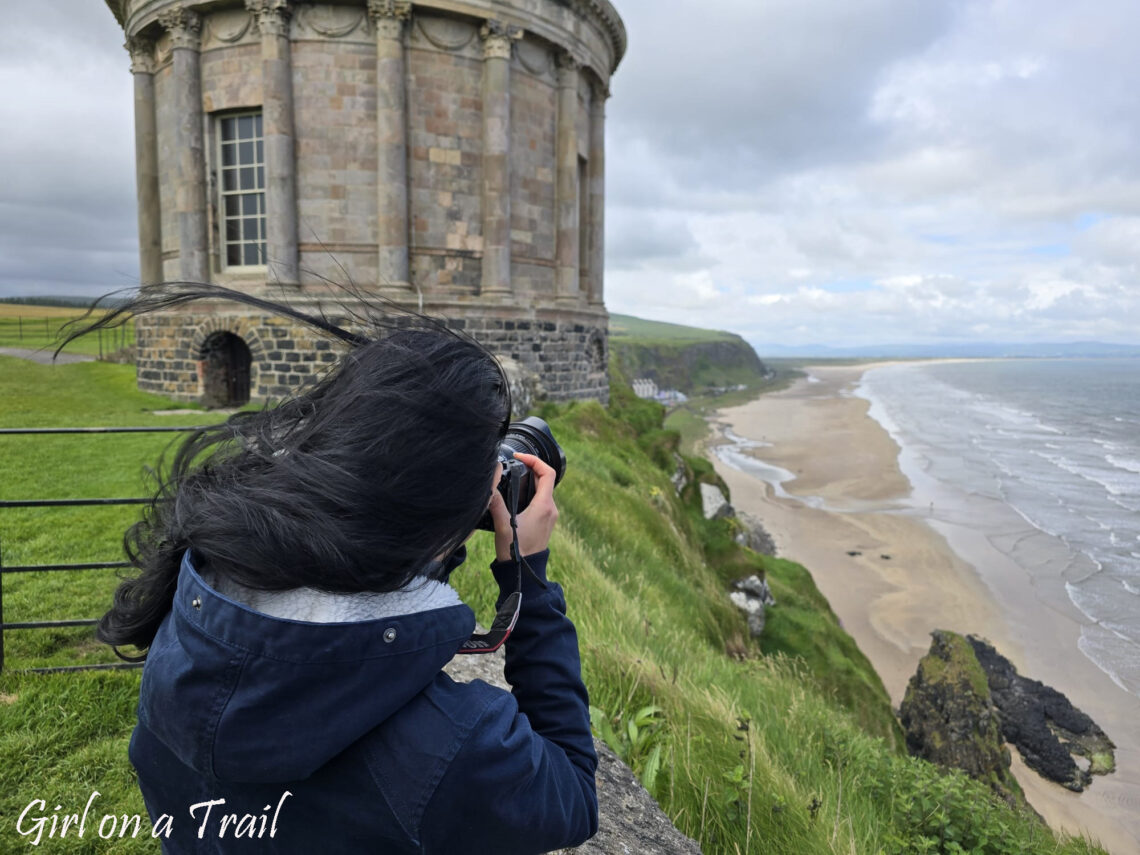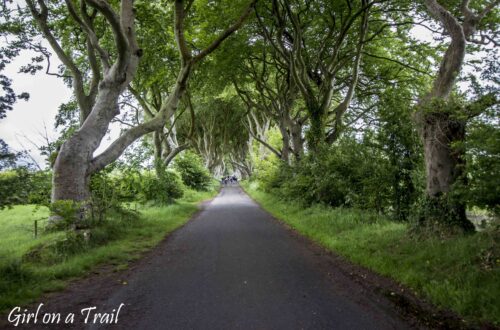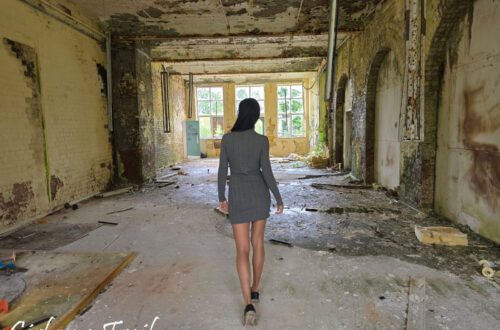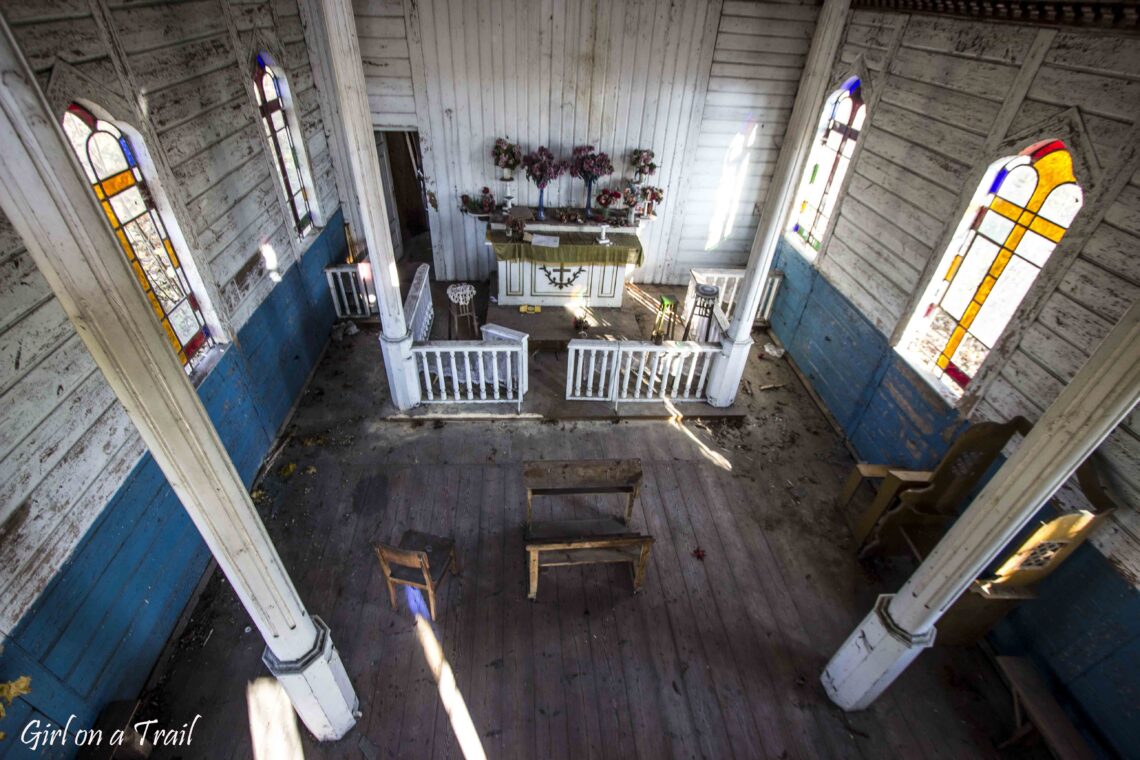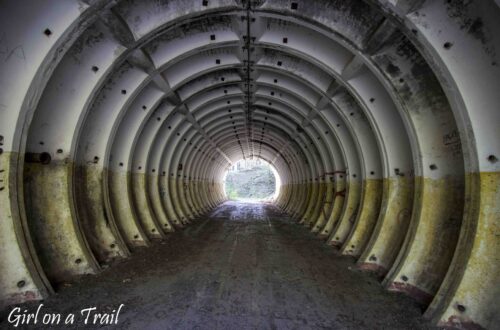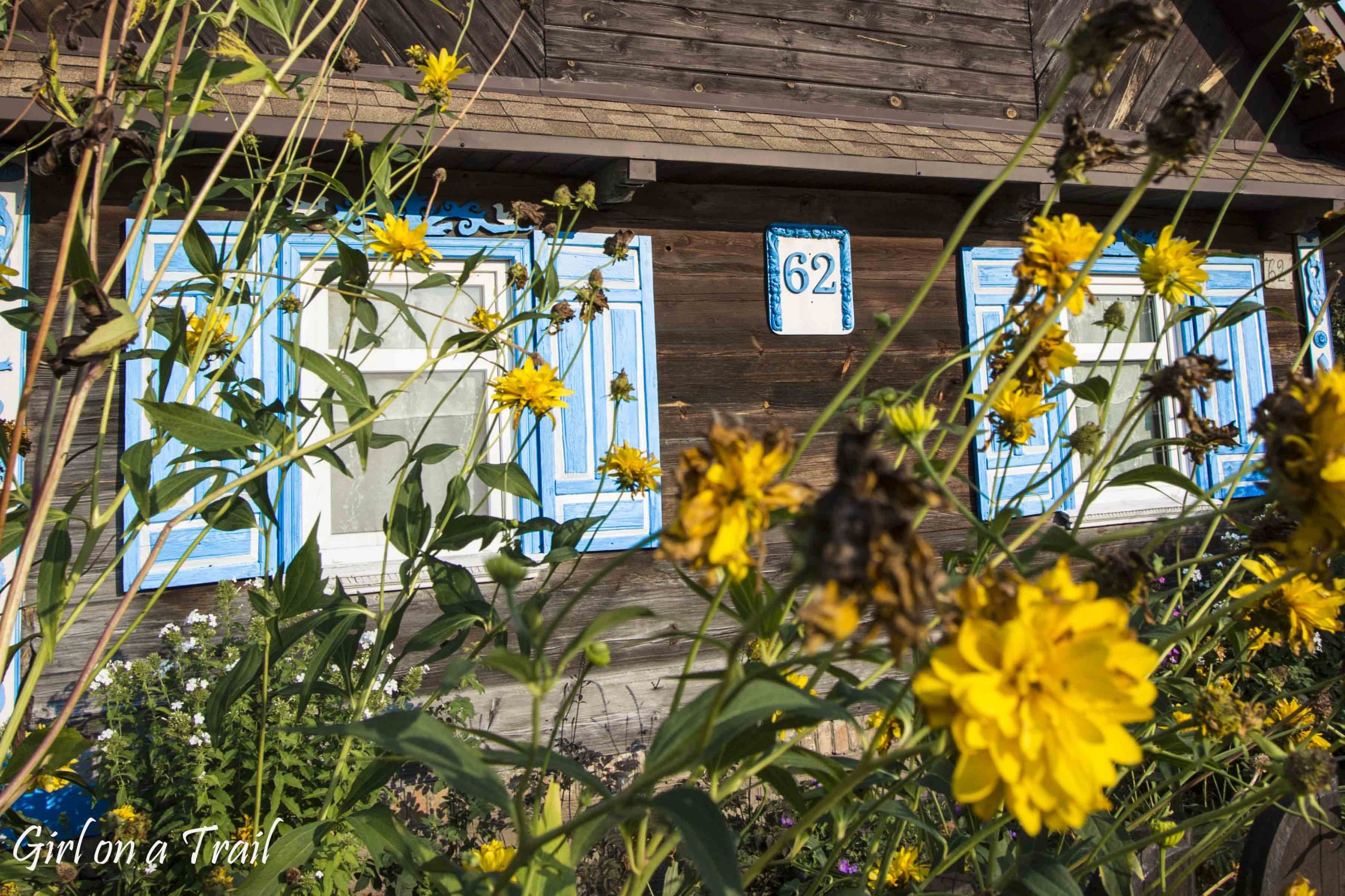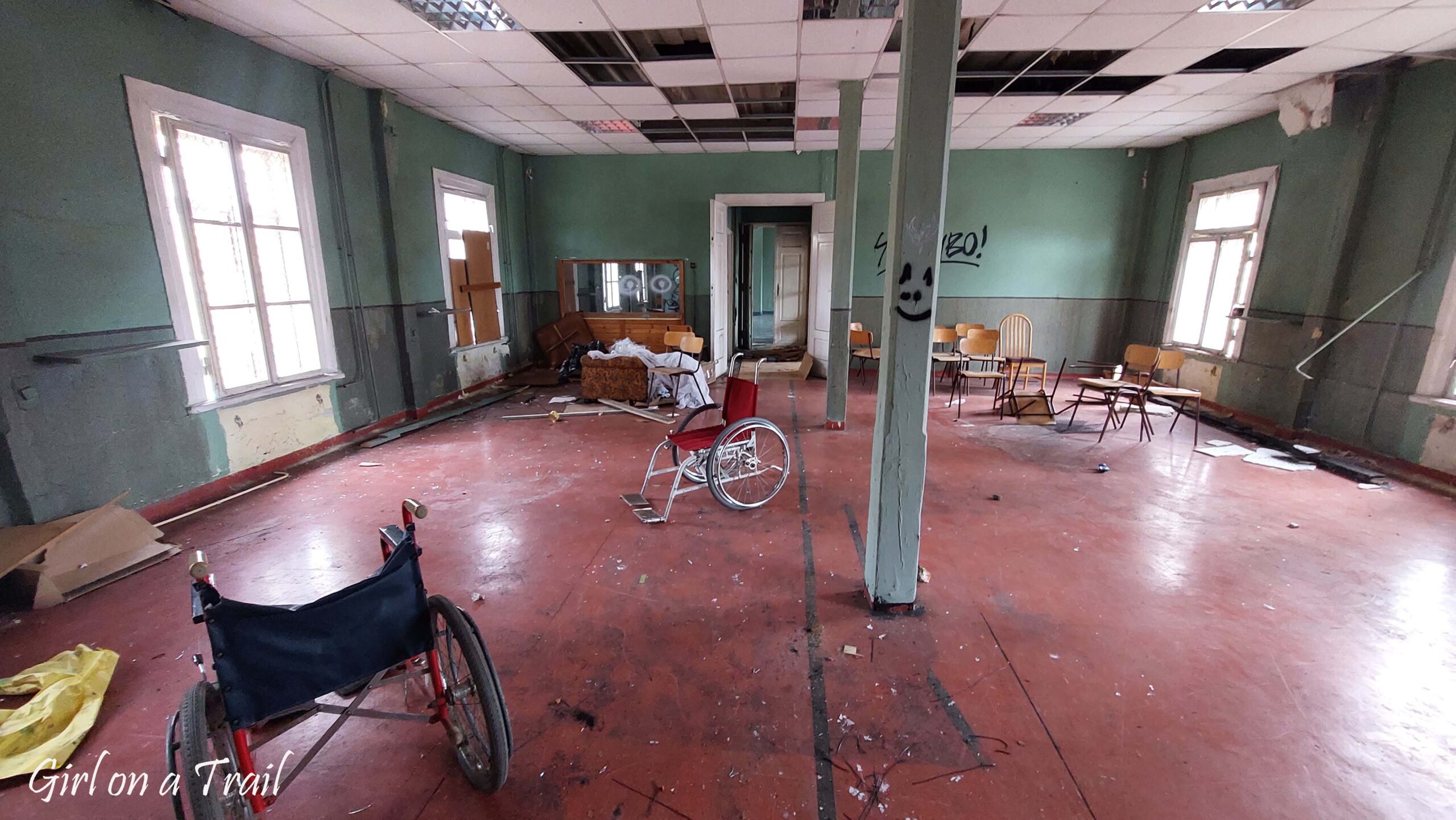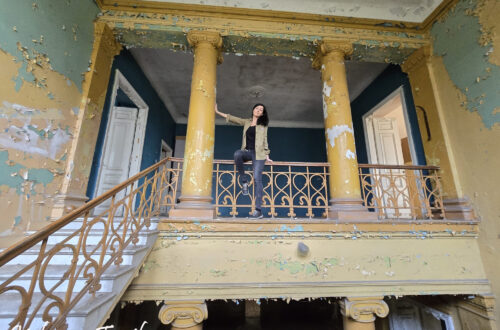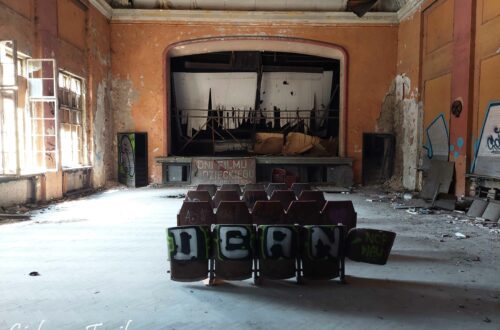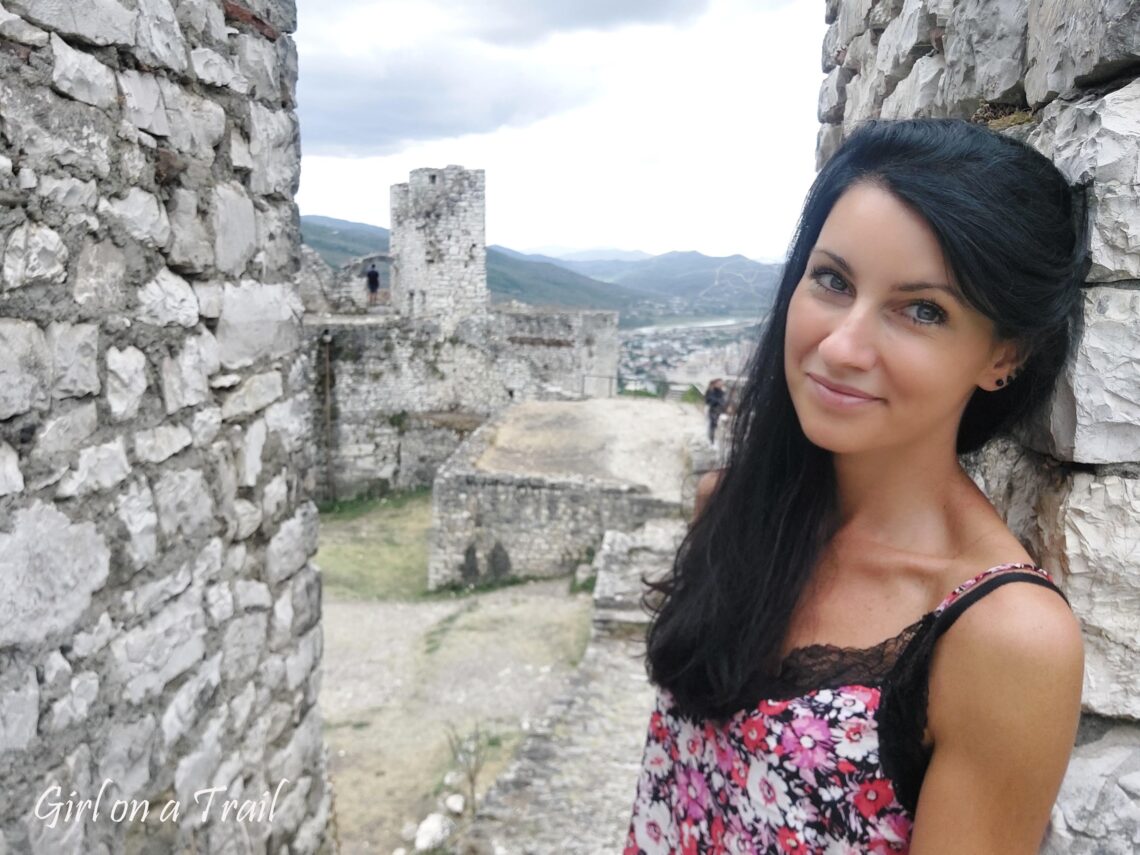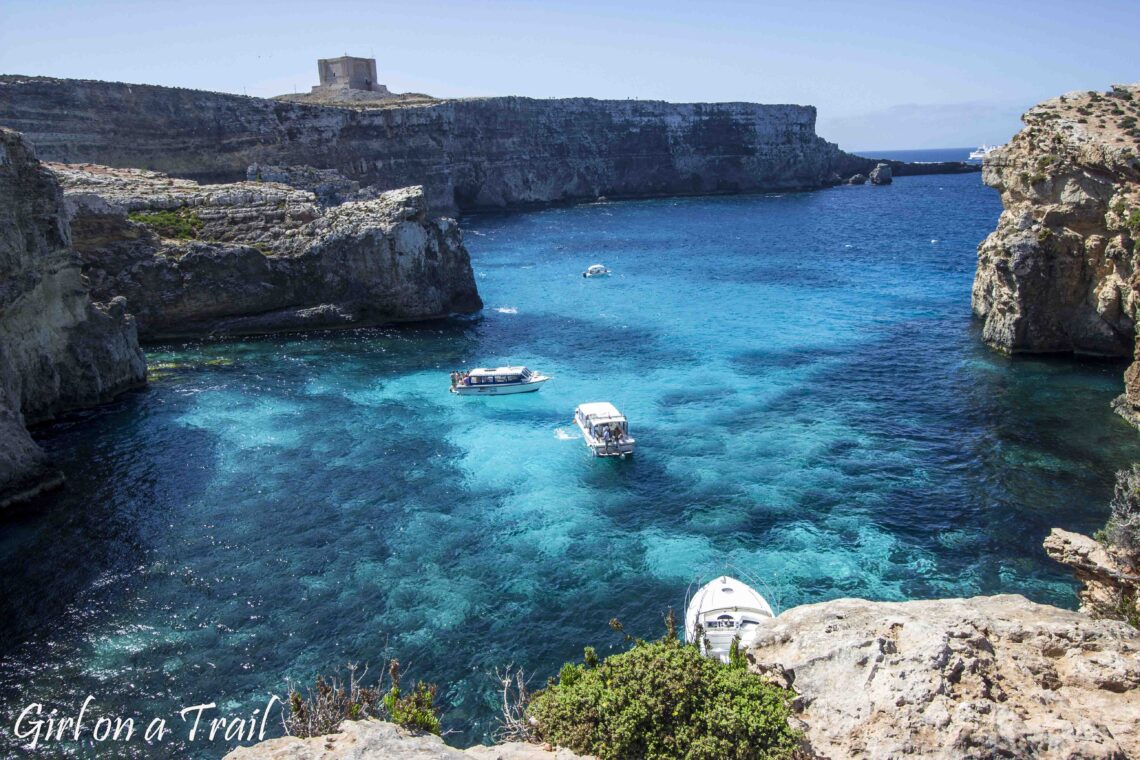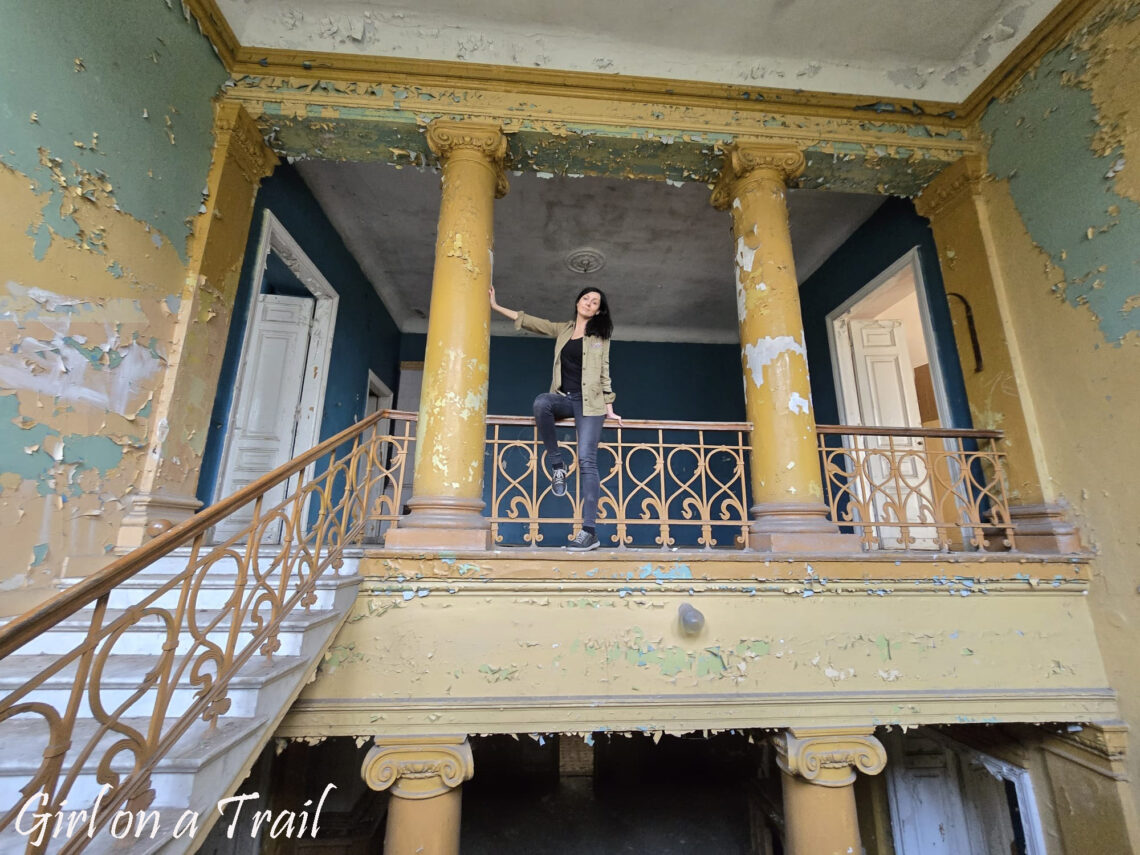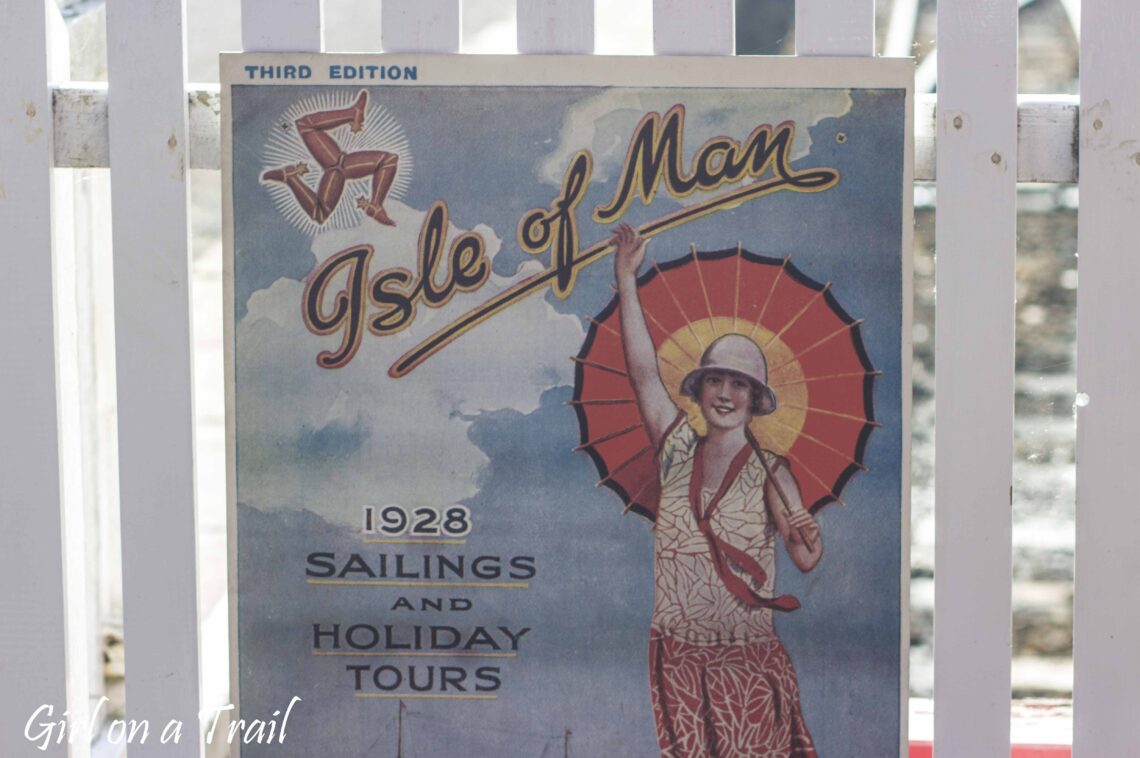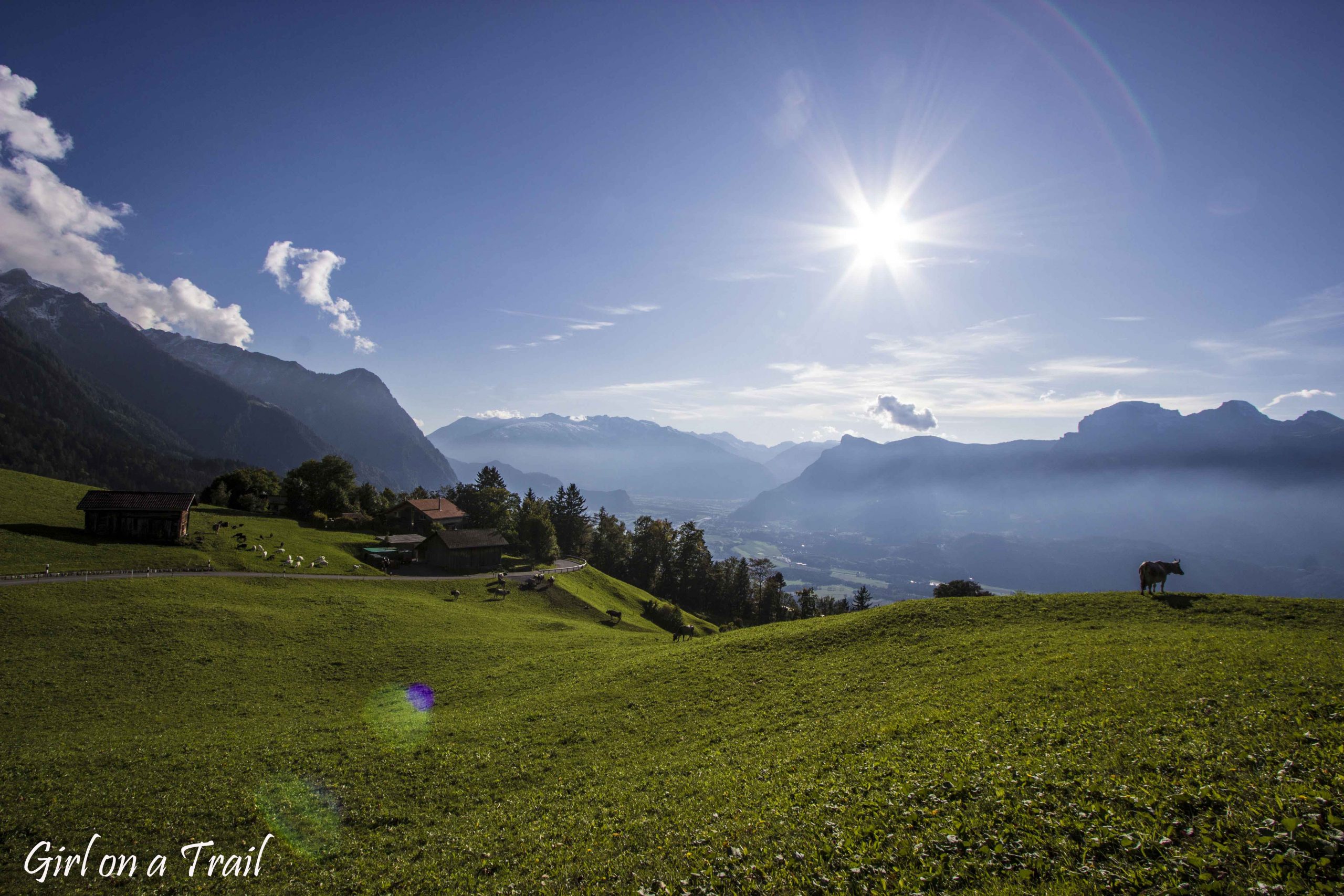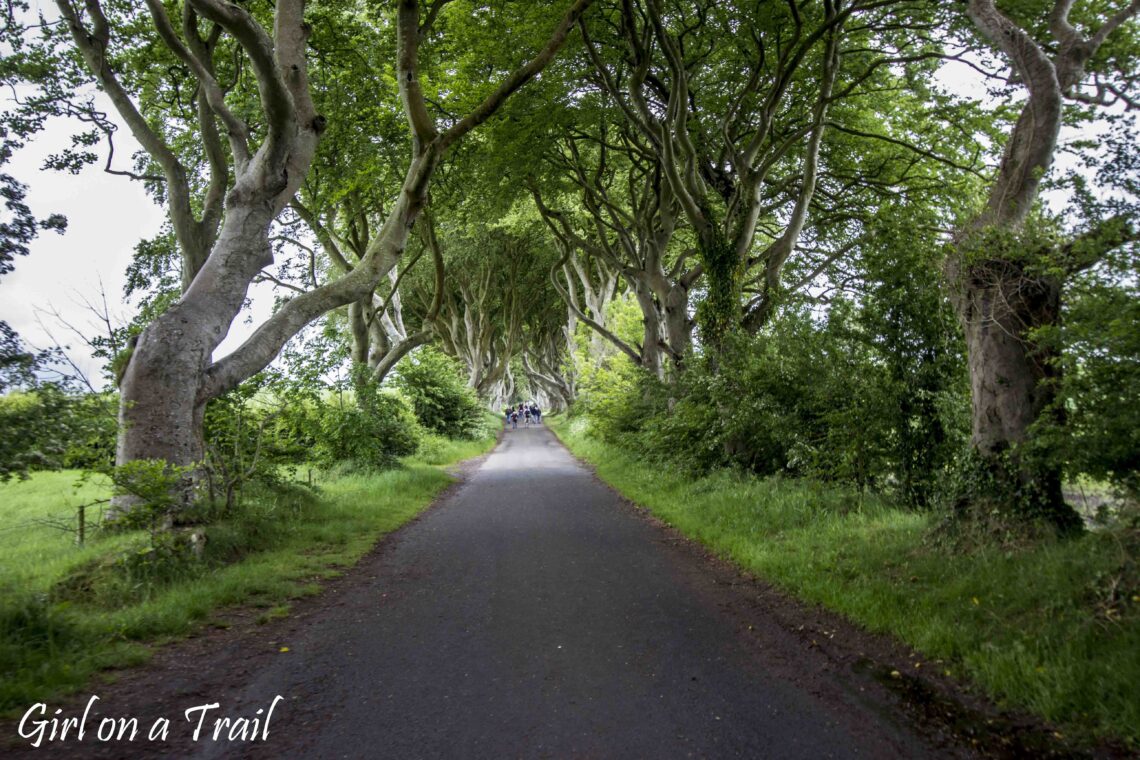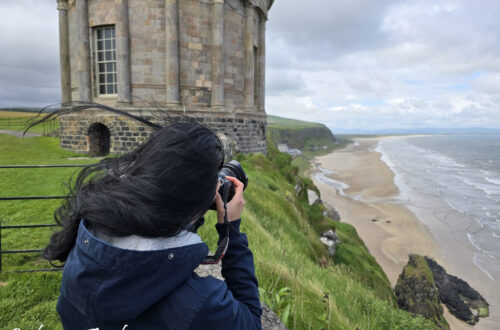-
Malta – The Fortress Island, Girl on the urbex trail!
Malta is called the “Fortress Island.” At first glance, it’s evident that the island’s architecture has a defensive character. High fortifications, citadels, and forts are reminiscent of the times of the Knights of Malta as well as the British era. Throughout its history, Malta was under the rule of the Phoenicians, Carthaginians, Romans, Arabs, Normans, Aragonese, Crusaders, French, and British. Finally, it became an independent country only in 1964. Today, we can see numerous traces from the times of the Knights of Malta, as well as from the period of World War II. The Knights of Malta gained control over Malta in 1530 from Charles V of Spain. From that…
-
The Causeway Coastal Route – Northern Ireland
The Causeway Coastal Route in Northern Ireland is one of the most beautiful scenic drives in Europe. This picturesque road stretches almost 200 km, winding through cliffside coasts, green hills and the historic castles of the Emerald Isle. Mussenden Temple – the first stop on the way The first stop is the picturesque Mussenden Temple. This remarkable structure, inspired by Roman temples, was commissioned by a wealthy earl who wished to create his private library here. From the outset, Mussenden Temple has captivated visitors not only with its architecture but also its spectacular cliff-top location. Unfortunately, this location carried the risk of erosion and potential collapse of the building. In…
-
Abandoned chapel – Girl off the Trail
The chapel was built in the early 20th century. At first glance, its appearance suggests it’s a Catholic, but in reality, it belongs to the Mariavites. Mariavitism emerged from the Roman Catholic Church in 1906 and is closer to Orthodoxy Church. Currently, it’s estimated that around 20,000 people in Poland practise this religion. The chapel looks quite modest, similar to wooden constructions often seen in places like the Bieszczady Mountains. However, its discreetness is actually an advantage, allowing it to remain unnoticed. Although a lot of time has passed, the chapel makes an amazing impression. White and blue wooden walls give it a celestial character. Stained glass windows create a…
-
Abandoned psychiatric hospital
The former psychiatric hospital was opened at the beginning of the 20th century. It was established on the initiative of the Warsaw Society for Medical Assistance and Care for the Mentally and Nervously Ill, who purchased and renovated abandoned barracks for this purpose. At that time, it also included a farm that produced vegetables and fruits for the hospital’s needs. Initially, the hospital could accommodate only 24 patients, but over time it expanded to the point where further development was necessary. During World War II, when the siege of Warsaw took place, it was located just on the front line. As a result, it served as a hospital for wounded…
-
Southern Albania – a ship in a field and a thousand windows
I start my exploration of southern Albania in quite an unusual way – with a ship docked far from the sea, right in the middle of fields. This extraordinary sight resembles the Titanic in the Atlantic and is an evidence of the boundless Albanian imagination. Berat – “The City of Thousand Windows” In Berat, I stop for a moment to explore the castle ruins. Although little remains of the castle itself, its walls and the surrounding landscape create an incredible atmosphere. However, this is not the end of the attractions in this town. Berat is called “The City of a Thousand Windows,” and the name seems to fit it perfectly.…
-
Comino – small is beautiful
Comino is one of the unique places worth visiting when in Malta. It’s a small island located between Malta and Gozo, covering an area of just 3.5 km². This makes it an ideal spot for a day trip. The island is small enough to be explored on foot within a day. A path along the high cliffs guarantees incredible views. The island’s name comes from cumin, which once grew abundantly here. Comino has a rich history dating back to Roman times when it was mainly used for agricultural purposes. The Knights of Malta organized wild boar and rabbit hunts here. Comino was never really inhabited, mainly due to the lack…
-
The palace with a hidden treasure
The palace was built in the early 20th century. During World War II, it served as a field hospital, and after the war, a school was located there. Unfortunately, only a blackboard and an abacus remained here. Overall, there are no “artifacts” left in the entire building. Despite the fact that the wind is now practically the only thing moving through the corridors, the palace makes an incredible impression. Decorated staircase is particularly spectacular. The columns, arched windows, and ornate stair railings allow you to imagine what this building was like during its heyday. However, in my opinion, it’s the peeling oil paint that creates the unique atmosphere of this…
-
The Isle of Man and seven kingdoms
Contrary to popular belief, the Isle of Man has never been the part of the United Kingdom. It is one of the three Crown Dependencies alongside Jersey and Guernsey. While the UK is responsible for the foreign affairs and defense of these territories, each has its own parliament. The history of the island dates back to the 6th century BCE when it was colonized by the Celts. Due to its strategic location between Ireland and Great Britain, the island has often been a battleground. Over the centuries, it has been inhabited by Celts, Vikings, Normans, and Scots. The parliament of the Isle of Man, Tynwald, is over 1,000 years old…
-
Northern Ireland: The Magical places from Game of Thrones
I remember it like it was yesterday, waiting with bated breath for the next episode of “Game of Thrones.” It was one of those series that I watched with full attention. Therefore, visiting Northern Ireland, I was determined to see the epic locations that served as the backdrop for this show. The Emerald Isle became one of the primary locations for this production. Personally, I can’t imagine “Game of Thrones” without the specific dark aura and rugged landscape of Ireland. So, what secrets of Westeros does this island hold? The first stop are the ruins of the 16th-century Dunluce Castle, which served as the inspiration for Pyke, the seat of…
